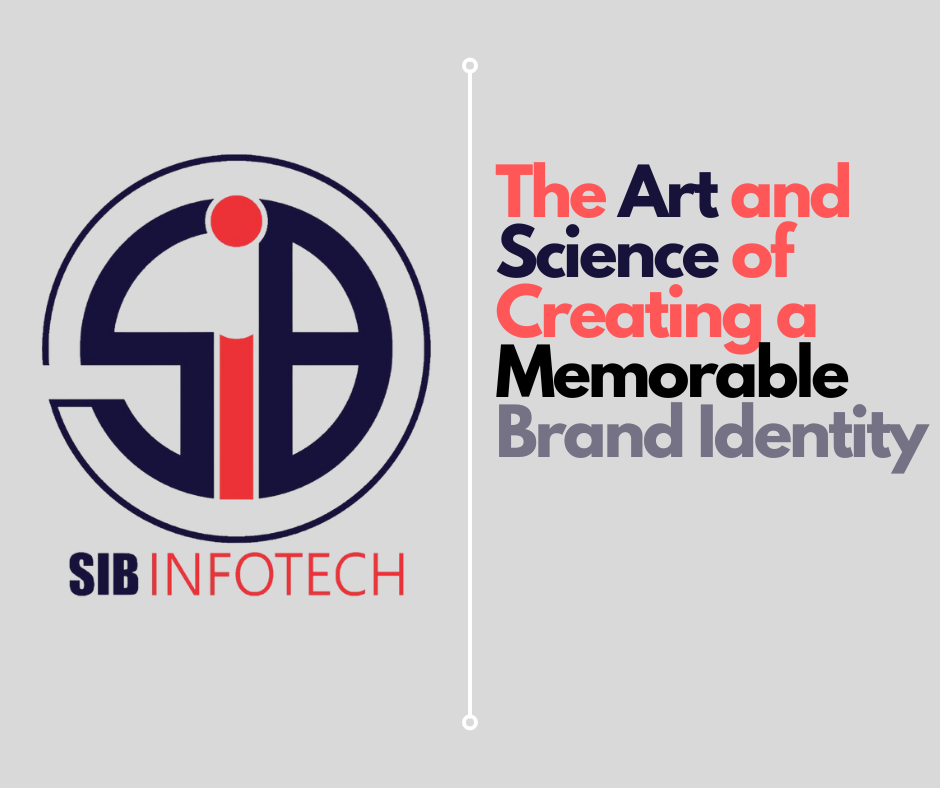A logo is the visual representation of a brand. It is the face of a company, the symbol that instantly connects with its audience and the mark that distinguishes it from competitors. Logo designing is a creative and strategic process that involves combining aesthetics, psychology, and marketing principles to create a memorable and impactful brand identity. In this article, we will explore the intricacies of logo designing and provide insights into creating a logo that leaves a lasting impression.
Understand the Brand and its Values:
Before diving into the design process, it is crucial to have a deep understanding of the brand and its values. Research the company’s mission, vision, target audience, and competitive landscape. Identify the brand’s unique selling proposition and the emotions it aims to evoke in its audience. This understanding forms the foundation of the logo design, ensuring that it accurately represents the essence of the brand.
Simplicity is Key:
In logo design, simplicity reigns supreme. A simple and clean logo is more likely to be memorable, versatile, and easily recognizable across different platforms and sizes. Avoid cluttering the design with excessive elements or intricate details that can be lost when scaled down. Focus on creating a design that is visually striking, yet uncomplicated and easy to understand at a glance.
Reflect the Brand’s Personality:
The Art of Creating a Memorable Brand Identity. A well-designed logo should reflect the personality and character of the brand. Is the brand playful and energetic, or sophisticated and professional? Understanding the brand’s personality allows you to choose the appropriate color palette, typography, and visual elements that align with its identity. For example, a technology company may opt for a modern and sleek logo, while a children’s brand may lean toward a vibrant and whimsical design.
Choose Colors Strategically:
Colors have a profound impact on human psychology and can evoke specific emotions and associations. Selecting the right color palette for a logo is crucial in conveying the brand’s message effectively. Research the psychology of colors and understand how different hues can influence perceptions. For example, blue is often associated with trust and reliability, while red can evoke feelings of excitement or urgency. Consider cultural connotations as well, as colors can hold different meanings in different regions.
Typography Matters:
The choice of typography plays a significant role in logo design. Fonts have their own personalities, evoking different emotions and conveying different messages. A sleek and modern font may be appropriate for a tech startup, while a traditional serif font may suit a luxury brand. Therefore, Ensure that the chosen typography is legible and scalable across various mediums. Additionally, consider customizing the typography to create a unique and distinctive logo.
Make it Timeless:
While following design trends can be tempting, it is essential to create a logo that stands the test of time. A logo should be able to represent the brand effectively for years to come, without appearing dated or irrelevant. Further, Avoid using design elements or effects that may become obsolete quickly. Focus on creating a design that is timeless, classic, and adaptable to future brand developments.
Versatility and Scalability:
The Art of Creating a Memorable Brand Identity. Therefore, A logo needs to be versatile and adaptable to different applications. It should look equally impressive on a website, social media profiles, print materials, merchandise, and any other medium where the brand is represented. Ensure that the logo is scalable, allowing it to maintain its clarity and legibility when resized. Test the logo across different sizes and platforms to ensure its versatility and impact.
Test and Iterate:
Logo designing is an iterative process. It is essential to gather feedback from stakeholders, the target audience, and design professionals to evaluate the effectiveness of the logo. Conduct surveys or focus groups to understand how the logo is perceived and if it effectively communicates the brand’s message. Based on the feedback received, make necessary revisions and refinements to create a logo that resonates with the audience and aligns with the brand’s goals.
Consider Adaptability for Digital Platforms:
The Art of Creating a Memorable Brand Identity, Meanwhile, In the digital era, it is crucial to design logos that adapt well to various digital platforms and devices. Consider how the logo will appear on websites, mobile apps, social media profiles, and other digital interfaces. Ensure that the logo is optimized for digital display and can be easily recognized and understood even at smaller sizes or resolutions.
Protect and Trademark Your Logo:
Once you have created a unique and impactful logo, it is essential to protect it. Register your logo as a trademark to prevent others from using or imitating it. Moreover, Safeguarding your logo establishes legal ownership and ensures that it remains exclusive to your brand, reinforcing brand recognition and building trust among consumers.
Logo designing is a careful blend of creativity, strategy, and understanding of the brand’s essence. A well-designed logo captures the essence of a brand, evokes the desired emotions, and creates a strong connection with the audience. Lastly, By following the principles of simplicity, reflecting the brand’s personality, strategic color selection, and ensuring versatility and scalability, you can create a logo that stands the test of time and becomes the visual representation of your brand’s identity.


Pingback: The Art of Creating a Memorable Brand Identity - Wiseability